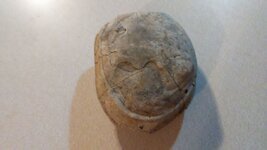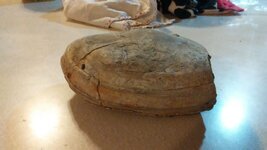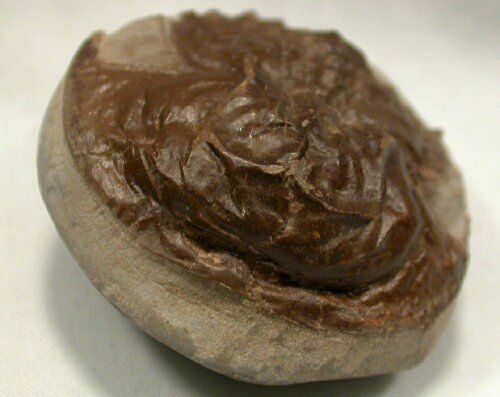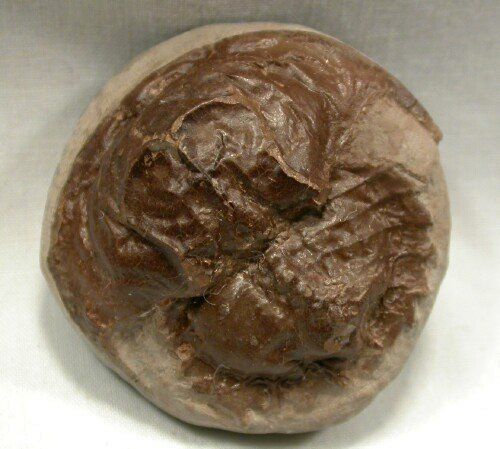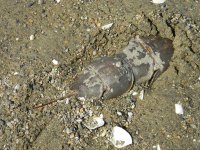Hello, I found this in mid central Missouri last summer and cant seem to find any direction on it. It looks like a turtle including each end which would be a tail and head. The pics don't do it justice, but if anyone has any insight on this, I'd love to hear it. Thanks in advance.
